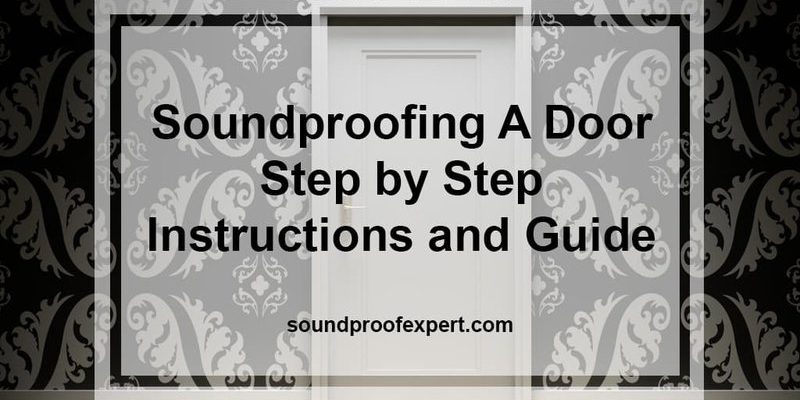
Whether you’re trying to block out the sounds of traffic, loud neighbors, or just your family’s TV blaring, the right adjustments to your door hardware can make a significant difference. It’s like tuning a musical instrument; a little tweak here and there can create a harmonious balance. Let’s dive into how to adjust your door hardware for optimal soundproofing performance.
Understanding the Basics of Soundproofing
To start, let’s talk about what soundproofing really means. Soundproofing isn’t about silencing everything; it’s about reducing noise levels to create a more peaceful environment. Imagine trying to enjoy your favorite book while a loud construction crew is working outside. Soundproofing helps you focus on the story rather than the chaos outside.
There are several components that affect soundproofing, and door hardware is a significant factor. The door itself, the frame, the seals, and even the hinges all play a role in how well sound is kept at bay. So, understanding how to address these components can be a game changer.
Choose the Right Type of Door
Did you know that the type of door you have can influence your soundproofing efforts? Heavy, solid-core doors are generally better than hollow-core doors for sound insulation. A solid door provides more mass, which means it can block out noise more effectively.
If you’re looking to significantly reduce noise, consider investing in a soundproof door or adding mass to your existing door. You can do this by using materials like soundproofing panels or even acoustic curtains over the door. These layers work together to absorb sound instead of letting it pass through.
Check the Door Frame and Installation
Next up, let’s look at the door frame. If your door isn’t fitted properly, gaps can allow noise to seep in. Even the tiniest crack can let in sound, kind of like how a small hole in a dam can cause a leak.
Make sure your door is square in the frame. If needed, adjust the hinges or shims. It might sound tedious, but it’s crucial for maximizing your door’s soundproofing. If you find that the door doesn’t close flush against the frame, you might have to realign it or consider adding weatherstripping.
Utilize Weatherstripping
Here’s the thing about sound: it’s sneaky. It can seep through the smallest of openings. That’s why using weatherstripping is a no-brainer. Weatherstripping seals the gaps around your door, helping to block noise from getting inside your home.
You can find various types of weatherstripping at your local hardware store, including adhesive-backed foam tape and V-strip seals. Just apply it to the edges of the door frame where the door meets it. It’s an easy fix and can significantly enhance your soundproofing efforts.
Upgrade Your Door Hardware
You might not think of door hardware as an essential part of soundproofing, but it absolutely is. Upgrading to a better quality lock or latch can create a tighter seal when the door is closed. Look for mechanisms that pull the door snugly against the frame without gaps.
Consider using a door sweep, which attaches to the bottom of the door. This not only prevents drafts but also blocks noise from entering through the bottom, much like a seal on a submarine.
Consider Acoustic Panels
If you’ve made all these adjustments and still feel noise from adjacent rooms, you might want to look into acoustic panels. These are specially designed to absorb sound waves and can be mounted on the door itself.
Think of them like the noise-canceling headphones of your door. They come in various styles and colors, so you don’t have to sacrifice aesthetics for functionality.
Regular Maintenance and Inspections
Once you’ve made all these adjustments, it’s important to maintain your door hardware regularly. Just like your car needs oil changes, your door needs occasional checks. Inspect the seals and hardware every few months—look for wear and tear, and replace parts as needed.
Keeping everything in tip-top shape can help extend the lifespan of your soundproofing efforts. It’s a small task that can lead to a big payoff for your peace and quiet.
Adjusting door hardware for optimal soundproofing performance doesn’t require a degree in engineering. With a little effort and the right tools, you can significantly reduce noise from outside—or the next room over. Remember, it’s all about making those small adjustments, like sorting out your door frame and upgrading your hardware.
So, if you’re ready to create a more peaceful home environment, get started with these tips. Your ears will thank you!
